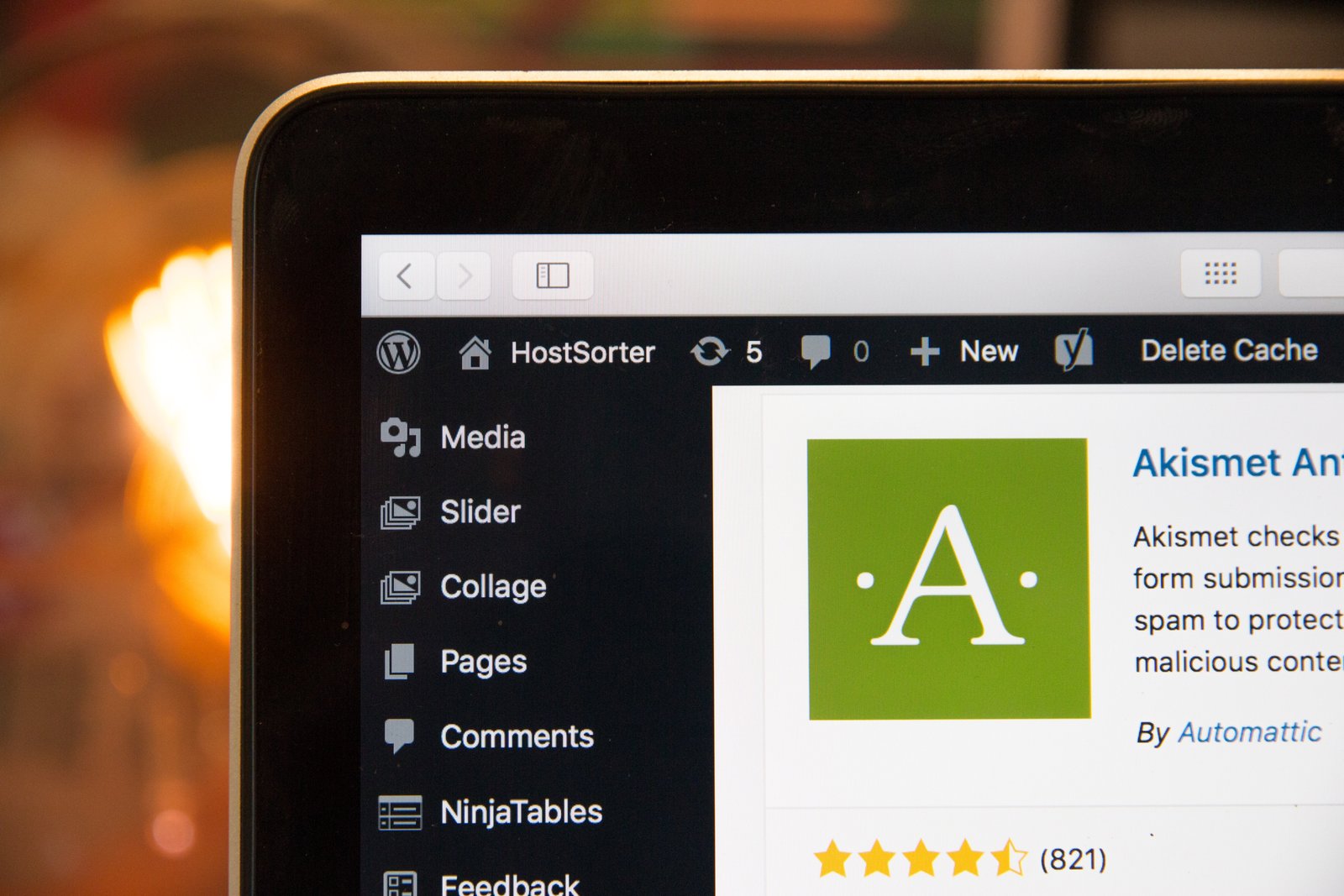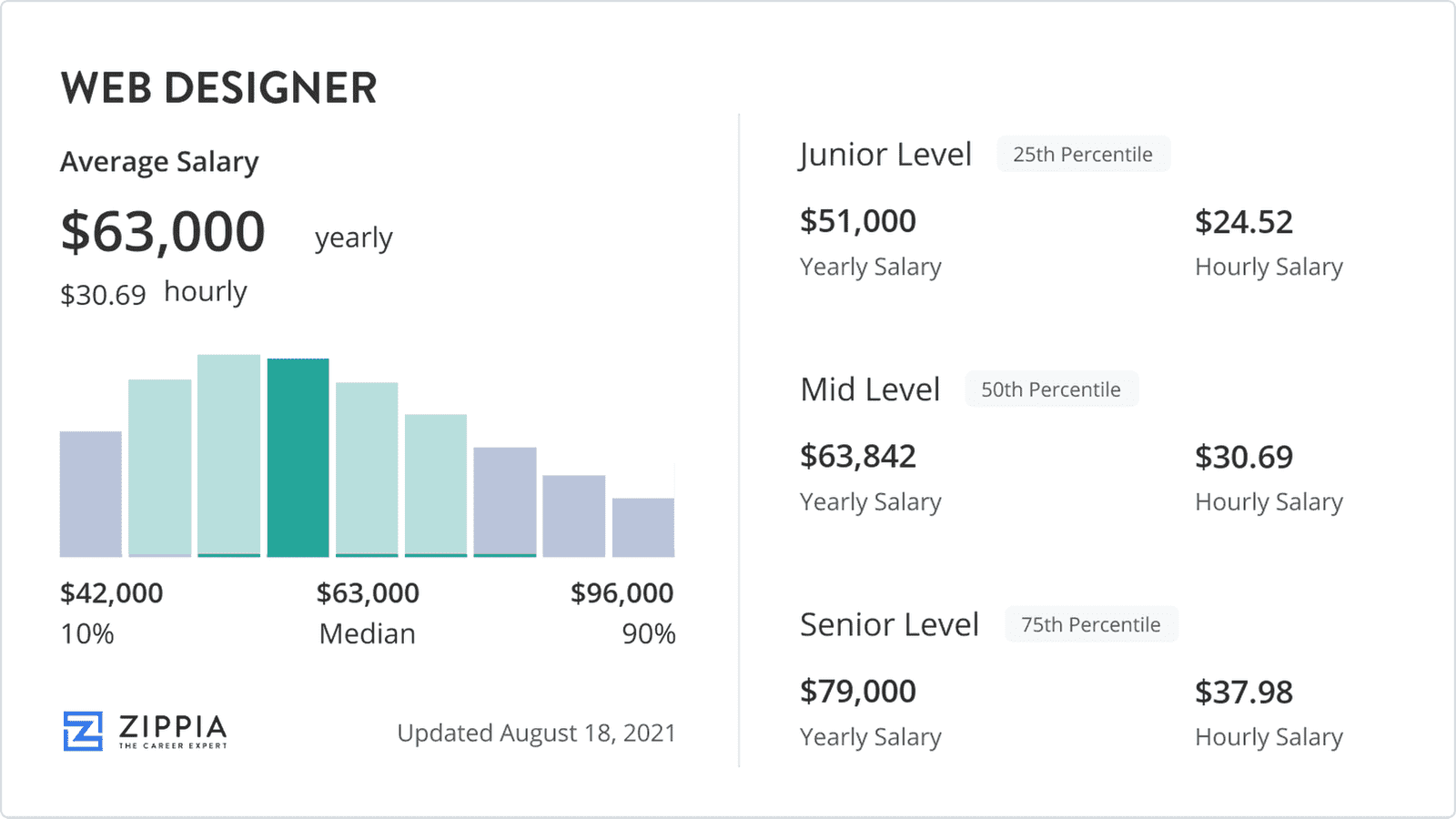A Comprehensive Guide on How to Make a Website
from Scratch

A professional website is your gateway to the online world in the digital age.
Whether you’re a business owner, a creative professional, or simply an individual looking to establish an online presence, creating a website from scratch is a valuable skill.
In this comprehensive guide, we’ll take you through the step-by-step process of building a website, from the initial concept to the final launch.
We’ll also delve into website security, ensuring your online asset remains safe from threats.
Finally, we’ll explore the world of website designers and shed light on the average earnings in this creative field.
Table of Contents
- Step 1: Define Your Purpose and Goals
- Step 2: Choose a Domain Name
- Step 3: Select a Web Hosting Provider
- Step 4: Set Up Your Content Management System (CMS)
- Step 5: Design Your Website
- Step 6: Create and Organize Content
- Step 7: Optimize for SEO
- Step 8: Test Your Website
- Step 9: Launch Your Website
Part 2: Ensuring Website Security
Part 1: Building Your Website
Let’s dive into more detail for each of the nine steps in Part 1 of building a website from scratch:
Step 1: Define Your Purpose and Goals

Before you start creating your website, it’s crucial to have a clear understanding of what you want to achieve.
Ask yourself:
- What is the primary purpose of your website? Is it to inform, sell products, showcase your portfolio, or something else?
- Who is your target audience? What are their needs, preferences, and pain points?
- What specific goals do you want to achieve with your website? For example, you aim to increase brand awareness, generate leads, or drive online sales.
A well-defined purpose and goals will guide every aspect of your website creation process.
Step 2: Choose a Domain Name

Your domain name is your website’s address on the internet, and choosing one that’s easy to remember and relevant to your content or business is essential.
Here’s how to choose a domain name:
- Keep it short, simple, and easy to spell.
- Include keywords related to your niche or business.
- Avoid hyphens and special characters.
- Check domain availability using domain registrars like GoDaddy, Namecheap, or Google Domains.
Step 3: Select a Web Hosting Provider

A reliable web hosting provider is the foundation of your website’s performance and availability.
Consider the following when choosing a hosting provider:
- Uptime and reliability: Look for a host with a high uptime guarantee (99.9% or higher).
- Customer support: Ensure they offer responsive customer support, ideally available 24/7.
- Scalability: Choose a hosting plan that can accommodate your website’s growth.
- Compatibility: Check if the host supports the technologies and CMS (Content Management System) you plan to use.
Popular hosting providers like Bluehost, SiteGround, and HostGator offer various hosting options.
Step 4: Set Up Your Content Management System (CMS)

A Content Management System (CMS) is the software that allows you to create, manage, and publish content on your website.
WordPress is one of the most popular and user-friendly CMS options. To set up WordPress:
- Many hosting providers offer one-click WordPress installations, simplifying the process.
- Once installed, you can access a user-friendly dashboard to create and manage your website’s content.
Step 5: Design Your Website

The design of your website plays a significant role in capturing and retaining visitors’ attention.
Here’s how to approach website design:
- Choose a theme: Select a WordPress theme that aligns with your website’s purpose and brand. There are thousands of free and premium themes available.
- Customize your design: Tailor the theme to your needs by adjusting colors, fonts, and layout options.
- Ensure mobile responsiveness: Test your website’s design on different devices to ensure it looks and functions well on smartphones and tablets.
Step 6: Create and Organize Content

Content is the heart of your website. Here’s how to create and organize it effectively:
- Create valuable, informative, and engaging content that aligns with your website’s goals.
- Organize your content into logical categories and pages to make navigation easy for visitors.
- Pay attention to readability by using headings, bullet points, and images to break up text.
Step 7: Optimize for SEO

Search Engine Optimization (SEO) is vital for improving your website’s visibility on search engines like Google.
Here’s how to optimize your content for SEO:
- Research relevant keywords for your niche and incorporate them naturally into your content.
- Optimize your titles and meta descriptions for each page and post.
- Use SEO plugins like Yoast SEO or All in One SEO Pack to guide you in optimizing your content.
Step 8: Test Your Website

Before launching your website, thoroughly test it to ensure it functions correctly and provides an excellent user experience:
- Check for broken links or missing images.
- Test your website’s performance and load times.
- Verify that your website looks and works well on various devices and web browsers.
Step 9: Launch Your Website

Once you’ve completed all the previous steps and are satisfied with your website’s design and content, it’s time to make it live:
- Configure your domain settings to point to your hosting provider.
- Ensure that your website’s CMS is set to “live” mode.
- Inform your target audience about your website’s launch through email, social media, or other marketing channels.
Following these steps, you can create a well-structured and functional website that effectively serves your goals and engages your audience.
Part 2: Ensuring Website Security

How to Make Your Website Secure
Website security is crucial in today’s digital landscape. This is what I recommend to enhance your website’s security:
Choose a Reliable Web Hosting: Opt for a web hosting provider with robust security measures and regular updates.
Use HTTPS: Secure your website with an SSL certificate to enable HTTPS. This encrypts data transmitted between your site and visitors.
Update Regularly: Keep your CMS, themes, and plugins up to date to patch vulnerabilities.
Install Security Plugins: Use security plugins like Wordfence, Sucuri Security, or iThemes Security to fortify your website against threats.
Implement Strong Passwords: Use complex, unique passwords for your website’s admin and database.
Back-Up Your Website: Regularly backup your website’s data to ensure you can recover it in case of a security breach.
Monitor for Suspicious Activity: Set up alerts or security monitoring to detect and respond to unusual behavior.
Always make your website secure to avoid issues losing content, pages, or even worse, SEO rankings.
The website community is huge, really huge. Becoming a web designer is lucrative.
At least, a good living you could get if you learn how to build websites. Whether you decide to do it coding or using CMS platforms like WordPress.
Either way, there’s a huge business opportunity, so I’d like to discuss how much money you could make if you plan to be a web designer.
Part 3: How Much Do Website Designers Make?

Website designers play a crucial role in bringing your web vision to life.
Their earnings can vary significantly based on experience, location, and specialization.
According to Zippia, web designers earn a median annual wage of around $63,000 in the US, or $5,250 per month, decent with an hourly rate of USD 30.
And even an Entry-Level Web Designer’s salary is $42,000 in the US ($3,500).
However, experienced designers with a strong portfolio can earn well above this average, often surpassing the six-figure mark.
Website designers’ income may also vary based on whether they are employed full-time by a company, work as freelancers, or run their design agencies.
You can start doing it solo, and after some years of experience, you can start having your Web Design agency and increase your profits.
Additionally, staying updated with the latest design trends and expanding their skill set can open up more lucrative opportunities for web designers.
Conclusion
Building a website from scratch is a rewarding journey that allows you to establish a strong online presence and reach your target audience effectively.
Following the steps outlined in this guide, you can create a website showcasing your content or business and ensuring a positive user experience.
Moreover, safeguarding your website with robust security measures is essential to protect your digital assets from potential threats.
Following best practices and using security plugins will fortify your website’s defenses and keep it safe for you and your visitors.
Lastly, the world of website designers is diverse and lucrative.
While earnings vary, skilled designers have the potential to command impressive incomes, making it a promising field for creative individuals looking to make their mark in the digital world.
Whether building a website or considering a career in web design, embracing the digital landscape can open up a world of opportunities and possibilities.
What do you think? Leave your comment below. I’m all ears 😉


Leave A Comment